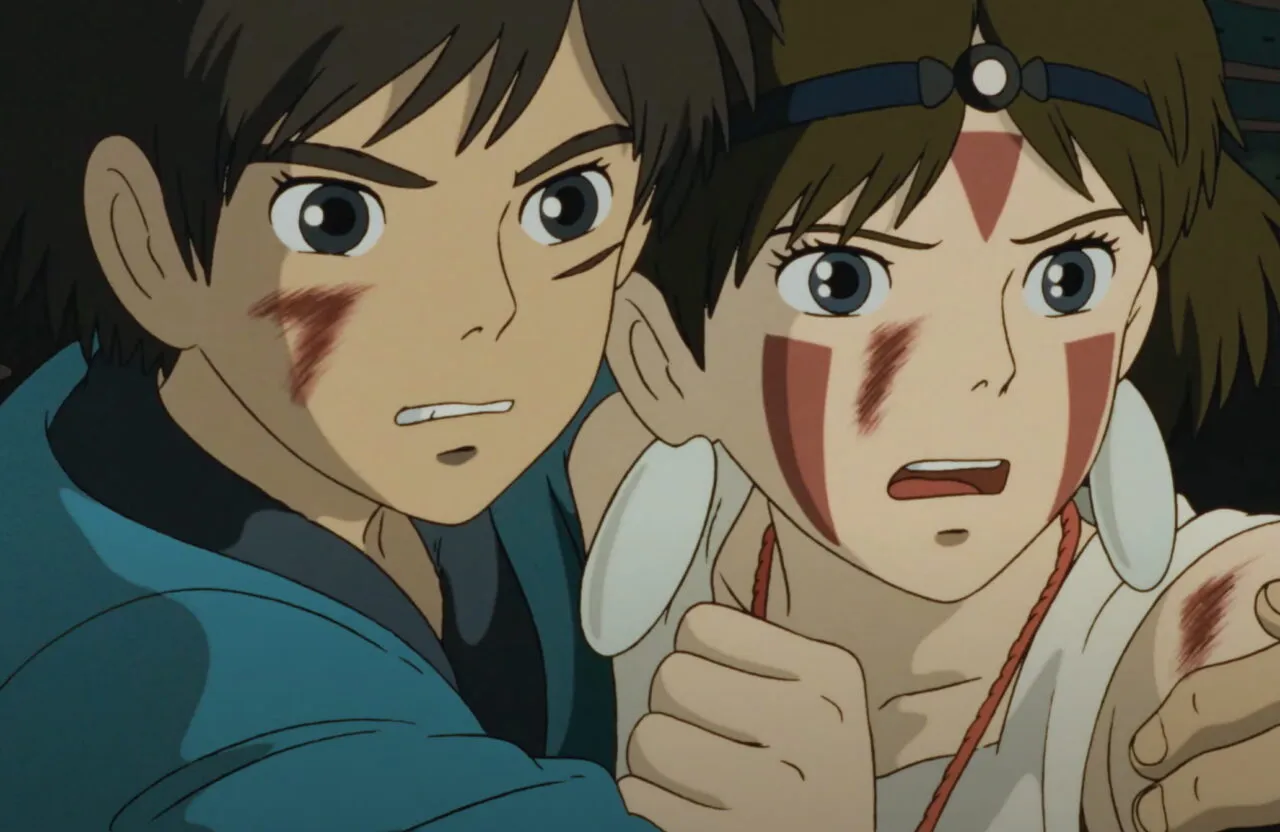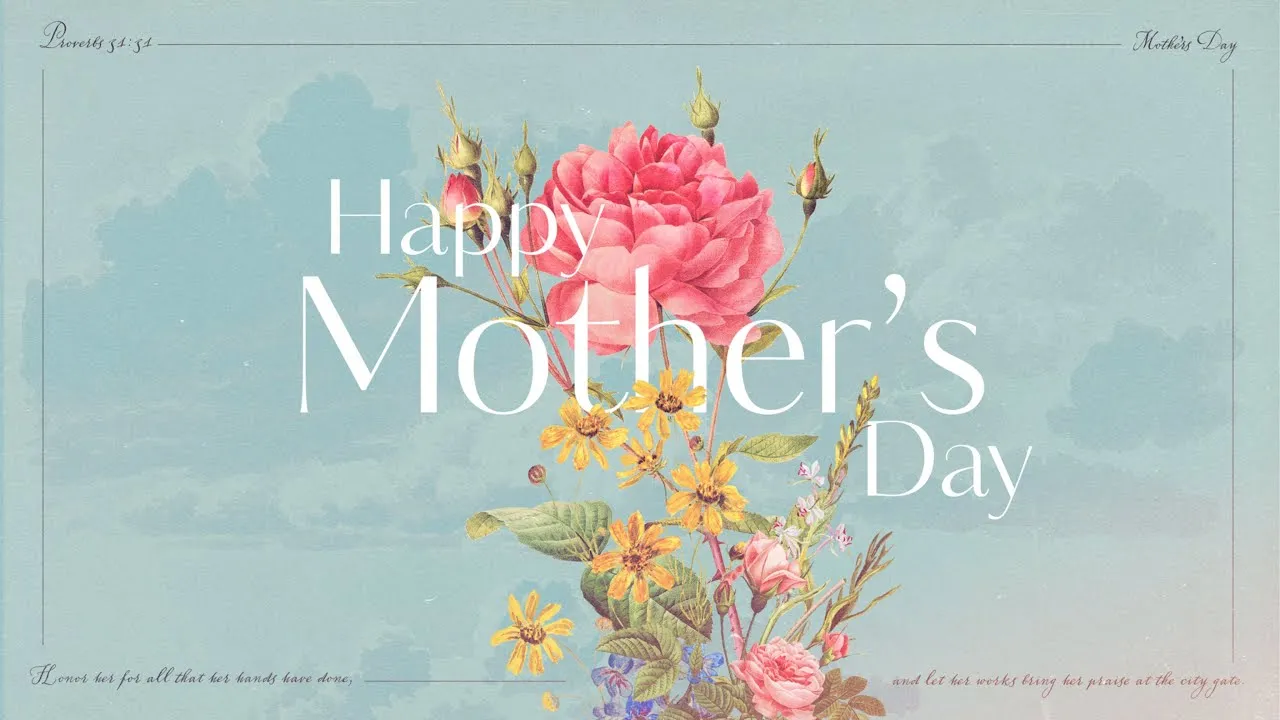Princess Mononoke: Why This Timeless Classic is Captivating a New Generation
“Princess Mononoke,” directed by the legendary Hayao Miyazaki, is not just another animated film; it is a cultural phenomenon that has transcended generations. Released in 1997, this masterpiece has continued to captivate audiences worldwide, particularly a new generation of viewers who are discovering its profound themes and artistic brilliance. As we explore why this film remains relevant today, we will delve into its cultural impact, environmental themes, and the complexity of its characters.
At the heart of “Princess Mononoke” lies a deep exploration of the relationship between humanity and nature. The film’s narrative unfolds in a fantastical world where industrialization threatens the delicate balance of the ecosystem. Through the eyes of Ashitaka, a young prince, and San, the titular Princess Mononoke, viewers are invited to reflect on their own interactions with the environment. The film’s portrayal of this struggle is not merely a backdrop; it serves as a poignant reminder of our responsibilities toward nature.
One of the film’s standout features is its complex characters. Unlike traditional fairy tales, the characters in “Princess Mononoke” embody moral ambiguity. Lady Eboshi, the leader of Iron Town, represents industrial progress but also the destruction of the forest. In contrast, San, the wolf princess, fights to protect her home and the spirits of the forest. This nuanced characterization prompts viewers to question the nature of good and evil, making the film a rich tapestry of conflicting ideologies.
The film also features strong feminist themes through the character of San. As a warrior raised by wolves, she defies gender norms and embodies resilience and independence. San’s journey challenges traditional portrayals of female characters in animation, making her a feminist icon for many. Her strength and determination resonate with viewers, inspiring a sense of empowerment among young girls and women alike.
Visually, “Princess Mononoke” is a feast for the eyes. The artistic mastery displayed in the film is a testament to Miyazaki’s dedication to detail and storytelling. From the lush forests to the haunting landscapes, the animation captures the beauty of nature while also illustrating its fragility. The use of color and visual contrasts effectively conveys the themes of harmony and conflict, immersing the audience in a world that feels both magical and real.
The film’s haunting soundtrack, composed by Joe Hisaishi, further enhances its emotional depth. The music complements the narrative, evoking feelings of wonder, sorrow, and hope. Hisaishi’s score has become iconic, often associated with the film itself, and it contributes significantly to the lasting impact of “Princess Mononoke.”
In recent years, “Princess Mononoke” has experienced a resurgence in popularity, particularly among younger audiences. With the rise of streaming platforms and social media, new fans are discovering the film and engaging in discussions about its themes. This revival highlights the film’s cultural relevance, as its environmental messages resonate with contemporary issues such as climate change and conservation.
The legacy of “Princess Mononoke” is further solidified by its critical acclaim. The film received numerous awards and nominations, establishing itself as one of the greatest animated films of all time. Its influence extends beyond the realm of animation, inspiring countless filmmakers and animators to explore similar themes in their work. The film’s impact on future creators cannot be overstated, as it has shaped the landscape of animated storytelling.
Moreover, “Princess Mononoke” serves as an educational tool that prompts discussions about environmental ethics and the impact of human actions on the planet. The film encourages viewers to reflect on their own relationship with nature and the consequences of their choices. This educational aspect adds another layer of significance to the film, making it not just a source of entertainment but also a catalyst for meaningful conversations.
In conclusion, “Princess Mononoke” continues to captivate a new generation of viewers due to its timeless themes, complex characters, and stunning artistry. Hayao Miyazaki’s vision has created a narrative that resonates with audiences of all ages, inviting them to reflect on their place in the natural world. As the film’s popularity grows, it remains a powerful reminder of the importance of empathy, understanding, and the need to protect our environment. With its rich storytelling and profound messages, “Princess Mononoke” is not just a film; it is a legacy that will endure for years to come.






Leave a Comment